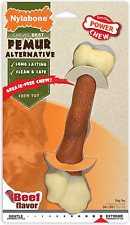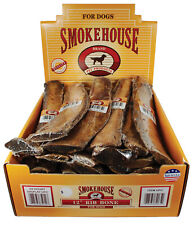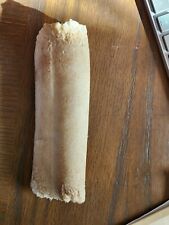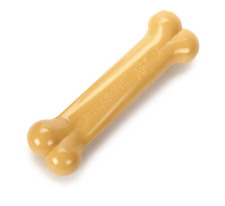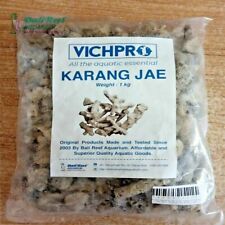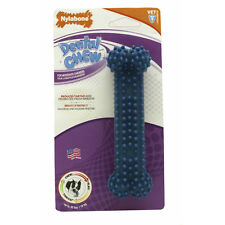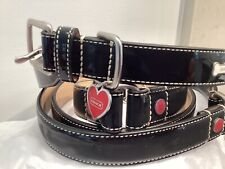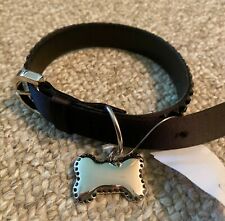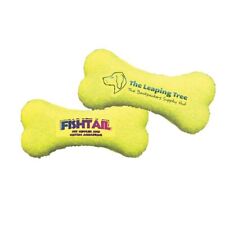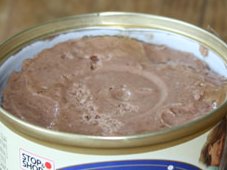Cat Food Ingredients: The 4 Essential Groups
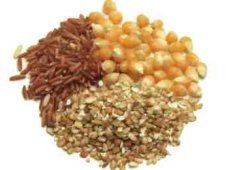
"Cats are much more dependent on protein," says Dr. Katy J. Nelson, an emergency veterinarian in Alexandria, Va., who has worked on pet nutrition issues. "They really have no choice but to be a carnivore."
In addition to their dependence on protein, cats may also benefit from some of the nutrients found in other ingredient groups in quality natural cat food.
Key Ingredient Groups in Cat Food
"It may not be exactly how humans look at nutrition in terms of the food pyramid," says Dr. Amy Dicke, a Dayton, Ohio-based veterinarian who has worked with teams of nutritionists and researchers. "But the four essential food groups that I think can apply to dogs and cats are proteins, carbohydrates, fats and fibers."
1. Proteins
At least one protein source should always be in a top spot on the ingredient label of a cat food in order for it to meet Association of American Feed Control Officials (AAFCO) regulatory standards for a "complete and balanced" food for your kitty. "Cats have a higher protein requirement" than dogs or people, says Dr. Joseph Wakshlag, assistant professor of clinical nutrition at the Cornell University School of Veterinary Medicine. Cats require 2 grams of protein per kilogram of body weight each day, compared with 0.8 grams per kilogram in humans and 1.3 grams per kilogram in dogs, he says. High-quality protein sources can include chicken, salmon, egg and other meats, poultry or fish sources. In addition, by-products or meal from protein sources – such as chicken by-products or chicken meal – are also good sources of protein, says Wakshlag. "Just because you don’t like eating liver or think hearts are yucky doesn’t mean that by-products aren’t good quality sources of protein," he says. In fact, organ meats – in particular, intestines – contain an essential amino acid for cats called taurine, one of several essential amino acids cats get from meat. After studies in the 1980s found that lack of taurine could cause eye problems and blindness in cats, AAFCO set standards for minimum requirements of taurine in wet and dry cat foods.
2. Carbohydrates
Cats don’t require as many carbohydrates as dogs or people do for their energy, but carbohydrate sources such as whole-grain barley, cornmeal and rice are necessary in making dry kibble. Grains are fine for cats as long as they’re in a small amount. Low-carbohydrate diets (primarily canned food) have generated lots of talk recently in terms of prevention of diabetes in cats, but a 2007 study by veterinary researchers at Utrecht University in the Netherlands found no correlation between diets high in carbohydrates and feline diabetes.
3. Fats
Such ingredients as chicken fat and fish oil help your cat get important fatty acids, like omega-3s and omega-6s, according to Dicke. Fats can help a kitty maintain skin-and-coat health, but fatty acids are key elements in the function of the brain and spinal cord, says Dicke.
4. Fiber
Fruits and vegetables as well as other natural fiber sources can help cats maintain proper digestion. Ingredients like apple and beet pulp combined with some grains along with prebiotics like fructooligossaccharides (FOS) in premium foods can help your cat remain regular, says Dicke. In addition, some cat foods contain cellulose, an effective fiber in anti-hairball formulas. "There are some benefits from fiber in terms of stool quality, and that’s why it’s added" as an ingredient in cat food, says Wakshlag. "We want cats to have nice, round, tighter stools. Fiber tends to create that nice quality."
Before making any dietary changes for your kitty, always talk to your veterinarian. While there are many good foods on the market, some may not be right for your cat. "Before you change," says Nelson, "place a call to your veterinarian and say, ‘I’m thinking of doing this. Is it a good food? Is it OK for my particular pet?’"

